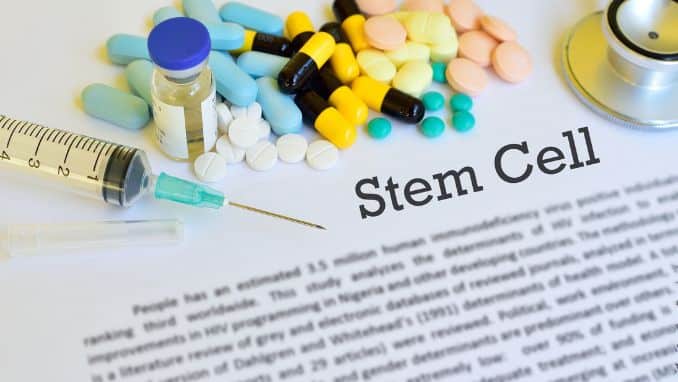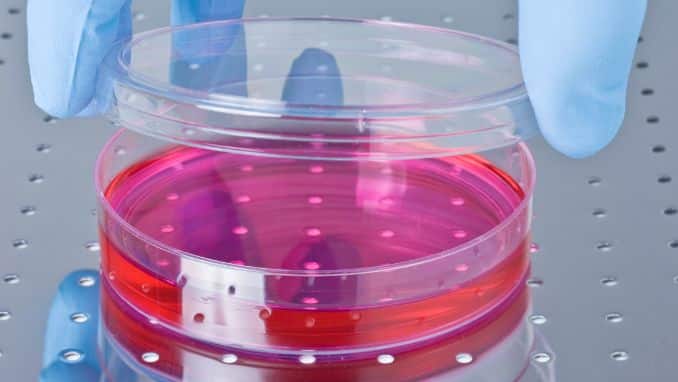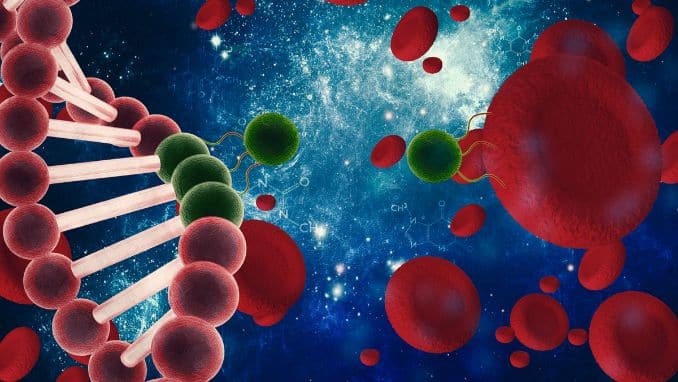
Maybe you’ve heard about stem cell therapy on the news, or someone from your family or yourself has been recommended to undergo this treatment. You may also wonder what this is or if you should go through it. Below is an overview of Stem Cell Treatment and some frequently asked questions.
What Are Stem Cells?
A stem cell is a unique kind of cell because of its ability to develop into various types of cells within the body and produce a specialized type of cell, unlike heart cells or skin cells, which only provide a specific function. Stem cells do not have a specific function until they receive a signal to develop into a specialized type of cell ranging from muscle cells to brain cells. This is differentiation. With this, they can generate healthy cells to replace injured or damaged cells and repair them.
Where Do Stem Cells Come From?
Stem cells can be collected from different sources. It can be from umbilical cord tissue or blood, bone marrow, adipose (fat) tissue, placenta, dental pulp, and even embryos.
There are 2 main types of stem cells. These are embryonic stem cells and adult stem cells. However, human-engineered stem cells called Induced pluripotent stem cells are a third type of stem cells. In a laboratory, we have changed these adult stem cells to be like embryonic stem cells.
-
Embryonic Stem Cells (Pluripotent Stem Cells)
An Embryonic Stem Cell (ESC) comes from unused embryos, commonly a product of an in vitro fertilization procedure. Specifically, it is from the inner cell mass of a blastocyst, an early stage of embryo development. A human pluripotent stem cell. It can develop into several cell types because they do not have specific characteristics such as shapes or gene expression patterns.
-
Adult Stem Cells
Adult stem cells can be found in different tissues throughout the body, such as the brain, skin, and bone marrow. These can be differentiated into various cell types. Note that adult stem cells are multipotent and can only be found in fully developed tissues and organs. Moreover, Multipotent refers to the stem cell’s ability to renew itself and produce a new lineage of cells.
-
Induced Pluripotent Stem Cells
Induced pluripotent stem cells are adult stem cells genetically engineered to have the same characteristics as embryonic stem cells. During this process, they introduce a specific gene into an adult cell, such as skin cells, using viral vectors, a tool to deliver genetic material into cells, and other methods. IPSCs can differentiate into various cell types within the body, just like embryonic stem cells.
One of the advantages of iPSCs is that they can be generated from a patient’s cells. This reduces the risk of immune rejection associated with embryonic stem cells or stem cells given by donors.
What Is Stem Cell Treatment, And How Does It Work?
Stem cell treatment is a form of regenerative medicine that utilizes stem cells to stimulate our body’s healing processes. It also repairs damaged, diseased, or injured cells. It can be administered via intravenous (IV) or intrathecal (directly into the spinal canal). And can be injections for areas such as knees, hips, and hands.
By using the stem cells’ ability to self-renew and produce healthy cells. It can positively influence damaged or injured cells. It also allows the body to heal enough to reduce the symptoms for a longer period. They can delay the progression of the diseases and improve the quality of life for patients. Moreover, it can be a recommended treatment for autoimmune, inflammatory, neurological, orthopedic conditions, and traumatic injuries.
1. Treatment For Cardiovascular Diseases
The heart muscles need oxygen for nourishment and to keep it pumping. In cases of a heart attack, the blood flow carries the oxygen the heart muscle needs. The blockage interrupts one of its arteries. With this, the area supplied by the affected artery will begin to die, and scar tissues will develop. The damaged portions of the heart will be unable to pump blood efficiently. Over time, this can result in heart failure.
Stem cells have the potential to develop into a variety of heart cell types that could potentially repair. They also regenerate damaged portions of the heart tissue.
2. Treatment For Incisions And Wounds
Normal wound healing is a complicated process involving coordinated interactions between growth factors, cytokines, chemokines, various cells, and more. If this fails in any of these phases, it may lead to chronic and abnormal scar tissue formation. Chronic wounds and improper healing of incisions greatly affect a patient’s quality of life. Moreover, it would require multiple and repetitive treatments, which are often costly.
Stem cells improve the rate and quality of wound healing and regeneration of the skin. It also enhances collagen production and stimulates hair development after incisions or hair loss.
3. Treatment For Neurodegenerative Diseases
Studies have shown that stem cells can treat Neurodegenerative diseases by replacing dead, damaged, or dying neurons, cells, or synapses after brain injuries or cognitive degeneration.
4. Treatment for Autoimmune Diseases
In a healthy person, the immune system can recognize its cells and molecules and distinguish foreign antigens. However, in autoimmune diseases like rheumatoid arthritis and lupus, the immune system starts attacking its cells, tissues, and organs, which causes symptoms such as pain, swelling and inflammation, and others.
Stem cell treatments have been shown to mediate immune suppression using several mechanisms, such as immune modulation and suppression of inflammation. Over time, this delays the progression of the disease.
5. Treatment For Orthopedic Conditions
Orthopedic conditions such as the low back, neck, hip, knee pain, tennis elbow, chronic rotator cuff tears, and more are said to benefit from stem cell treatment. Due to the stem cell’s ability to regenerate, it has the potential to reverse or improve many orthopedic conditions by replacing damaged tissues with new and healthy cells.
What Are The Risks Of Using Stem Cell Therapy?
As with any treatment of medications, stem cell therapy has short-term side effects, which are mild and temporary. This includes fatigue, headache, chills, nausea, and low-grade fever. However, not all patients can experience this, and it still varies depending on the type of stem cells used, the dose, the method of administration, and the patient.
How Successful Is Stem Cell Therapy?
Generally, stem cell therapy is a safe and effective treatment plan for many conditions and has shown promising results in recent years. Several factors rate the success of stem cell therapy. These factors include the type of treatment, what disease or condition is being treated, and its severity.
How Long Does Stem Cell Therapy Last?
How long stem cell treatment lasts varies greatly depending on some factors. These factors can be the type of treatment, the disease or condition being treated, the severity of the injury of the disease, and others. In addition to these, it requires multiple treatments to achieve optimal results. And as of today, stem cell treatment is a complex field, and the duration of this varies from patient to patient, so there is no definite timeline.
Takeaway
Stem cell therapy is a safe and effective treatment option for many conditions, such as autoimmune, inflammatory, neurological, orthopedic conditions, and traumatic injuries. Despite the possible side effects of this kind of treatment, with careful consideration and close monitoring by your healthcare provider, it can be a great option for you to discuss with your healthcare provider.




